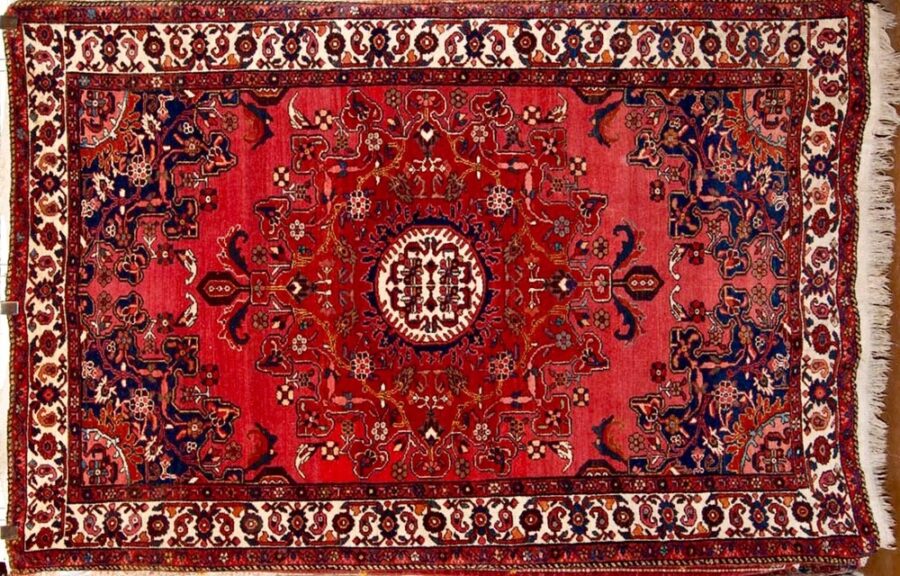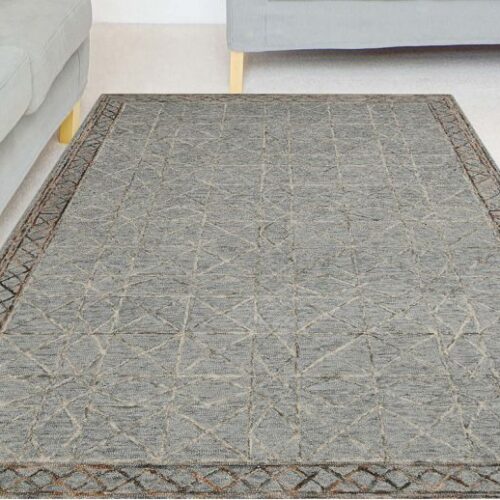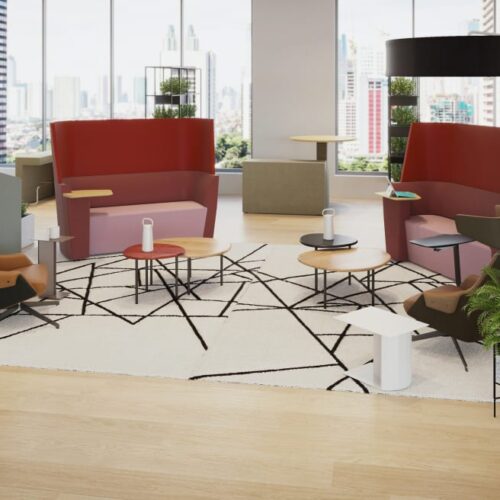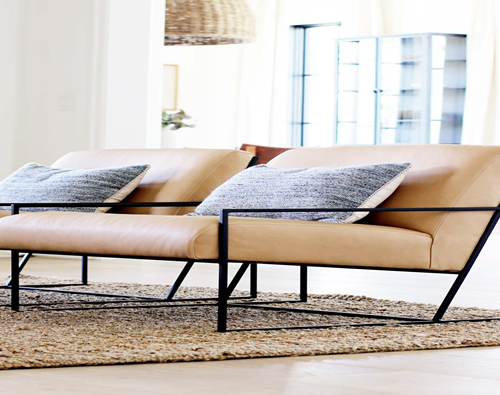If you are thinking about buying a Persian rug, here’s some top tips on what to look for! What makes one rug better than the other? Without doubt, it helps when selecting to know what you are looking at. Indeed, it is the best way to make sure you get the most for your money. Knowledge is power as they say!
Why Persian?
Iran was formerly known as Persia and has been renowned for centuries with regards to the art of rug making. Here the highest quality rugs are made with the finest wool and silk, and are created by craftsmen – Indeed, it is an art form here. While Turkey, India, Afghanistan and many others might create beautiful rugs, Persia is the “origin” – Original is best as they say. Persia has always been considered the producer of the world’s finest, and today nothing has changed.
Count the Knots
A “good” knot count is around one hundred and twenty knots per square inch. Inferior rugs tend to be under fifty and the most expensive, up to three hundred knots per square inch. Additionally, be aware that hand-loomed as well as hand-tufted rugs are not entirely handmade. They should not be as expensive as authentic hand-knotted rugs like these you can see during personal viewings at the warehouse.
Knot Character
You can normally recognise machine manufactured rugs by looking at the knot: It is unusually uniformed. Handmade rugs can be recognised by the character of the knot: Very different from the machine-made rugs. The knots on authentic handmade rugs are clearly visible. Additionally, handmade rugs always have a fringe.
Colour
The colours of a hand-crafted Persian rug should be rich. Natural dyes are traditionally used to colour the fibres of Persian rugs. While chemical colours have their place, they cannot compete with the brilliance of natural dyes – Natural dyes, made from seeds, insects, plants and minerals, capture the vibrancy of colour as clearly as a fresh bunch of flowers. Be suspicious of bright, artificial “pillar pox” reds. Deep tulip red is a more natural shade. Orange as well as hot pink shades are most certainly chemical dyes. Higher quality rugs are usually dyed naturally. It is also important to know what the rug is dyed with to clean it!
Fibres
Silk and wool are used to produce Persian rugs. Traditionally, Afghan and local wools were used. However, today New Zealand wool is the best in the world. Higher quality producers will use New Zealand wool. Because it is expensive, it is usually mixed to keep costs down. The higher the percentage of New Zealand wool and silk, the better the quality and the higher the price.
Authentic Style
Because Iran is one of the world’s oldest rug producers the designs tend to be more classic. The style has not changed in centuries and has not been adjusted to suit western consumers. If you are looking for authentic, ancient symbols are commonplace representing luck, prosperity and fertility. Look for these classic designs if you want to buy a truly traditional Persian rug.





